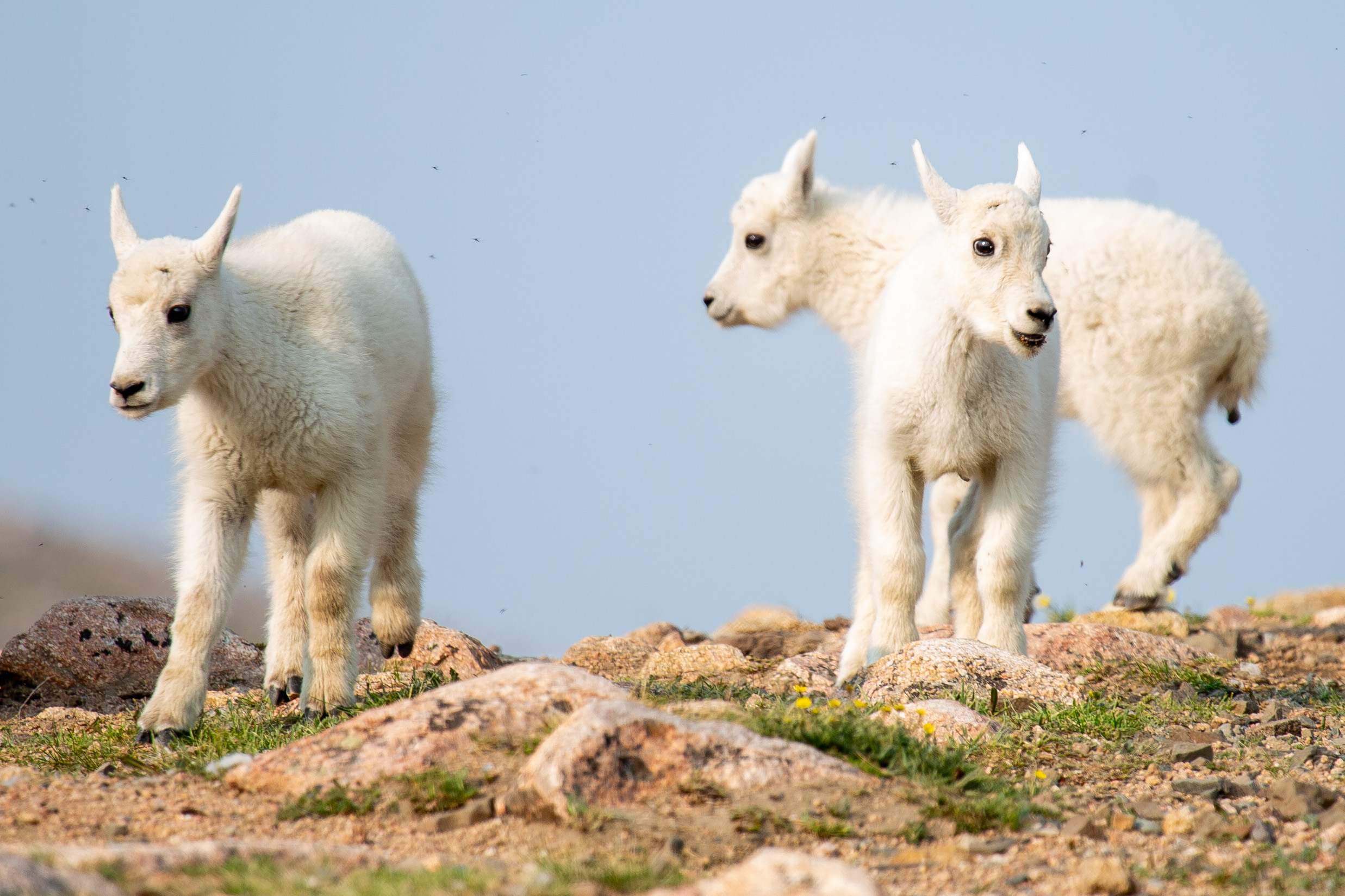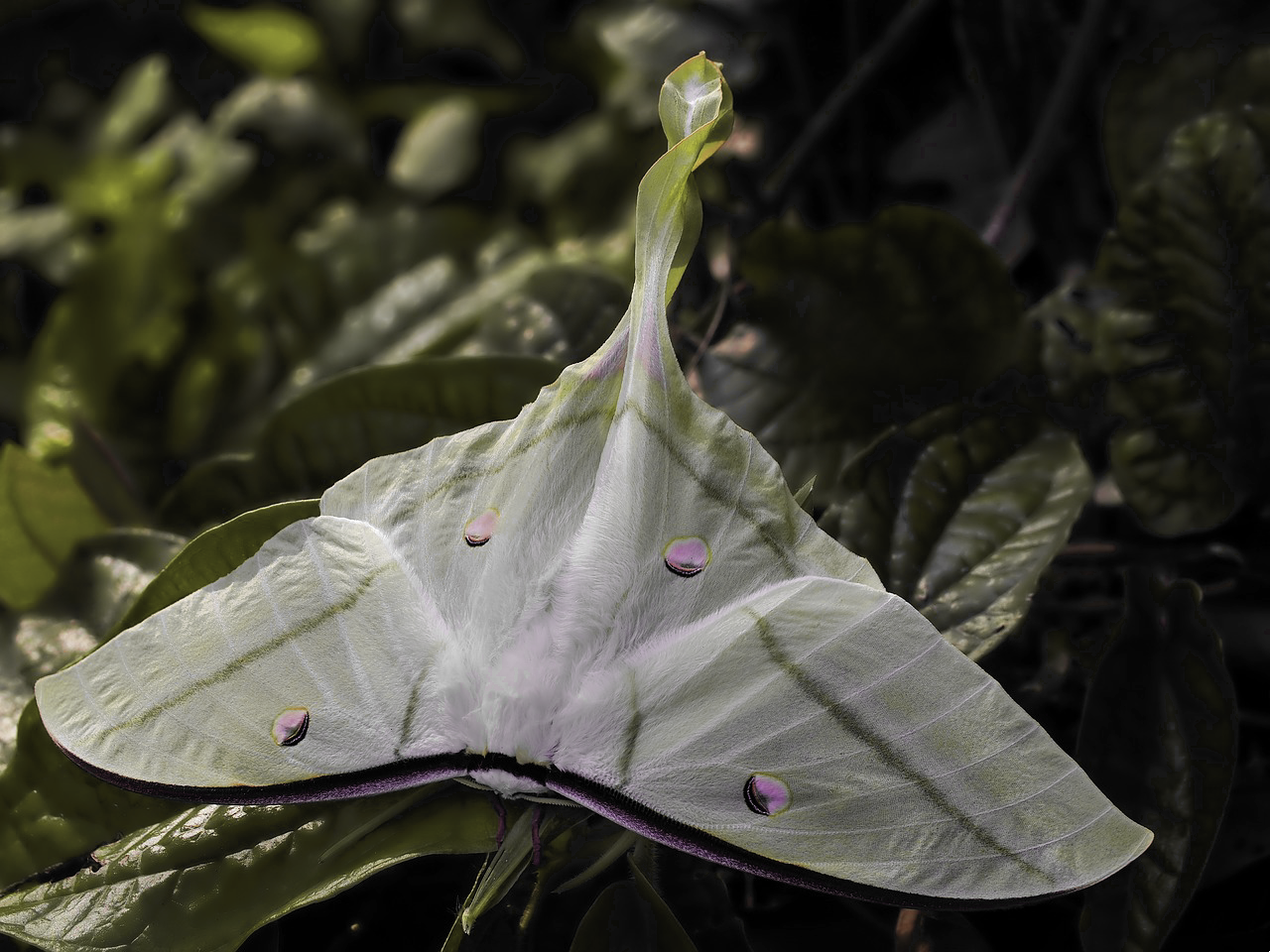GARDENING
“All there is, while things perpetually fall apart, is the possibility of acting from where we are. Being against purity means that there is no primordial state we might wish to get back to, no Eden we have desecrated, no pretoxic body we might uncover.” Against Purity, Alex Shotwell



MAY 21, 2023 - roots unearth me, stepping through the forest’s tiny rivers...are there weeds in the Garden of Eden?

DISPATCH 03 - YEAR 13: GROWTH
horizontal lines gather as I watch the colors grow brighter. Is this the live stream? we’re watching pale children descend down a flat field, hunting mushrooms, detaching themselves from the earth. Moon is a torch, dull and yellow. I watch as the morning fog covers a meadow of milkweed, weaving through the stalks like a breathing thing. The dog knows my name, he tells me he’s ready to go home now.
I remember when there were only oak doors, bramble bushes, and a tiny tree sitting at the bottom of the staircase. There were no carrots or potatoes, there wasn't even snow. I remember when there was no inventory, when you could only place dirt and gravel, when you couldn't eat or drink or people would stare at you. I remember when there was nothing but dandelions and mud, and the confused, dark skies. I remember when you could dig deep down to where there was nothing; no wings, no twigs, no path, no moss, no silence. variations of a comment left on Minecraft Relaxing Music Box 10 Hours (Rain + Visuals)
TRANSPLANTS
“To create a world with more flourishing, we might start by rejecting rigid categories and getting curious about the complex ways we are entangled with multispecies beings, especially those with complicated reputations.” C&M
![]() Christina Kingsbury and I met in the summer of 2021. Over the next several months, we engaged in asynchronous conversations in a virtual document that quickly became a repository for ideas, questions, research, and poems. Transplant thinking emerged from these collaborative writings, accompanied by on-site relational works and biomaterial experiments.
Christina Kingsbury and I met in the summer of 2021. Over the next several months, we engaged in asynchronous conversations in a virtual document that quickly became a repository for ideas, questions, research, and poems. Transplant thinking emerged from these collaborative writings, accompanied by on-site relational works and biomaterial experiments.
As we spoke with each other we noticed a tension between the ways in which we wanted to relate to plants and disturbed sites and the scientific language we had to describe them. We started using the term transplant to consider connections between plant and human bodies beyond dominant categorizations. Transplant thinking provides a shift in positioning, inviting us to look at inter-species solidarities and alignments. It recognizes that there is a connection between the ways that human bodies have been transplanted against their will through displacement and enslavement and more-than-human organisms that have migrated without agency. It acknowledges the ongoing attempts at controlling or eradicating these beings before, during, and after transplantation. In its most generative form, transplant thinking uncovers new and unexpected possibilities for multispecies collaborations.
“Our work together strives to meet transplants with the knowledge that, as uninvited immigrants to this land, we have work to do to learn how to be here, how to ‘take care of the land as if our lives and the lives of all our relatives depend on it.’ Perhaps, if we build relationships with transplant beings, we can do this work together.” “Strange, Delightful, Impure Frolic,” Christina Kingsbury & Meech Boakye

Christina Kingsbury and I met in the summer of 2021. Over the next several months, we engaged in asynchronous conversations in a virtual document that quickly became a repository for ideas, questions, research, and poems. Transplant thinking emerged from these collaborative writings, accompanied by on-site relational works and biomaterial experiments.
As we spoke with each other we noticed a tension between the ways in which we wanted to relate to plants and disturbed sites and the scientific language we had to describe them. We started using the term transplant to consider connections between plant and human bodies beyond dominant categorizations. Transplant thinking provides a shift in positioning, inviting us to look at inter-species solidarities and alignments. It recognizes that there is a connection between the ways that human bodies have been transplanted against their will through displacement and enslavement and more-than-human organisms that have migrated without agency. It acknowledges the ongoing attempts at controlling or eradicating these beings before, during, and after transplantation. In its most generative form, transplant thinking uncovers new and unexpected possibilities for multispecies collaborations.
As we spoke with each other we noticed a tension between the ways in which we wanted to relate to plants and disturbed sites and the scientific language we had to describe them. We started using the term transplant to consider connections between plant and human bodies beyond dominant categorizations. Transplant thinking provides a shift in positioning, inviting us to look at inter-species solidarities and alignments. It recognizes that there is a connection between the ways that human bodies have been transplanted against their will through displacement and enslavement and more-than-human organisms that have migrated without agency. It acknowledges the ongoing attempts at controlling or eradicating these beings before, during, and after transplantation. In its most generative form, transplant thinking uncovers new and unexpected possibilities for multispecies collaborations.
“Our work together strives to meet transplants with the knowledge that, as uninvited immigrants to this land, we have work to do to learn how to be here, how to ‘take care of the land as if our lives and the lives of all our relatives depend on it.’ Perhaps, if we build relationships with transplant beings, we can do this work together.” “Strange, Delightful, Impure Frolic,” Christina Kingsbury & Meech Boakye
“Restoration in this sense is not so much a process of going back, but of moving forward into the unknown, and using our creativity and the tools available to us to create the conditions in which life can thrive. We need to garden and expand our notion of how everything else does also...Tending a garden is one of the best ways to manifest — to put into practice — this paradigm shift.” Beyond the War on Invasive Species, Tao Orion
“Restoration in this sense is not so much a process of going back, but of moving forward into the unknown, and using our creativity and the tools available to us to create the conditions in which life can thrive. We need to garden and expand our notion of how everything else does also...Tending a garden is one of the best ways to manifest — to put into practice — this paradigm shift.” Beyond the War on Invasive Species, Tao Orion
CARDOON (THISTLE) STAMEN RENNET
![]() “Native thistles are a largely misunderstood and wrongly maligned group of wildflowers. Many species of bees, butterflies, and other wildlife rely heavily on native thistle flowers. For example, monarch butterflies visit native thistle flowers more than any other wildflowers in some regions during their migration back to Mexico. Despite the significance of native thistles to our ecosystems, these plants are often targeted for eradication along with the more widely recognized invasive thistles.” Source
“Native thistles are a largely misunderstood and wrongly maligned group of wildflowers. Many species of bees, butterflies, and other wildlife rely heavily on native thistle flowers. For example, monarch butterflies visit native thistle flowers more than any other wildflowers in some regions during their migration back to Mexico. Despite the significance of native thistles to our ecosystems, these plants are often targeted for eradication along with the more widely recognized invasive thistles.” Source
This cheese has been one of my favorites to make. It was quite simple, and the rennet I used had been dried and preserved several months prior. For a liter of milk, about one head of stamens was used (1g dried). Using gloves, as the head is quite spiky, I lopped off a few heads of a neighbors’ plant but learned later that stamens might regrow if you just cut them off the living plant.
I pulled the stamens from the head and let them dry for a few weeks. They were stored in an airtight container until I needed to use them. After locating the cardoons, the only other cumbersome task might be finding goat milk that isn’t Ultra-Pasteurized, as you want to use that or sheep milk. After doing some reading I found that cow’s milk will get too bitter, especially when aged. With some research I found what I needed at Trader Joe’s.
The coagulation process for this cheese was quite simple. To extract the coagulating enzyme from the stamens, make a tea by heating up some water (not quite boiling, just warm) and add to the dried stamen. The ratio I used here was around 1 g of stamens to 10 mL of water, but I added a bit more water to submerge the stamens a bit more. I left this to steep for 15 minutes.
I then added a liter of milk to a pot, brought it up to 30° C and, once it was ready, added the stamen tea strained through a fine mesh sieve. (The tea made little flecks in the milk which was sweet, like the way it looks when you use vanilla paste in a cookie.) I covered the pot with its lid and left it off the heat for 45 mins.
When I returned, it had coagulated! I cut the curd into cubes by gently slicing through to the bottom in one direction, then turning the pot 90° perpendicularly and finally slicing in a diagonal-horizontal fashion to cut the columns of curd I’d created. I then stirred for 10 mins. Finally, I transferred the curds with a slotted spoon to a cheese mold lined with cheesecloth and let it drain using gravity at first and then with a bit of weight on top. After a night it had lost most of the extra whey and was solid and creamy. The texture was a bit confusing, shiny and smooth almost like mozzarella but creamy like a block of goat cheese from the store. I added salt and stirred it until it became a creamy spread, then topped it with olive oil, flaky sea salt, and fresh cracked pepper. It tasted wonderful this way.

Notes
This recipe was the most useful to me during the testing process.
Bull thistles may also be used for this process but you will need to harvest more of them.
When harvesting cardoon heads, or any plant for that matter, only take what is needed. Pollinators absolutely adore this flower.
My nettle cheese got bitter quite quickly and I’m curious if using goat or sheep milk would have made a difference.
I tried grinding the dried stamens into a powder for the “tea” in an electronic spice grinder without much luck but it didn’t seem to make too much of a difference.
